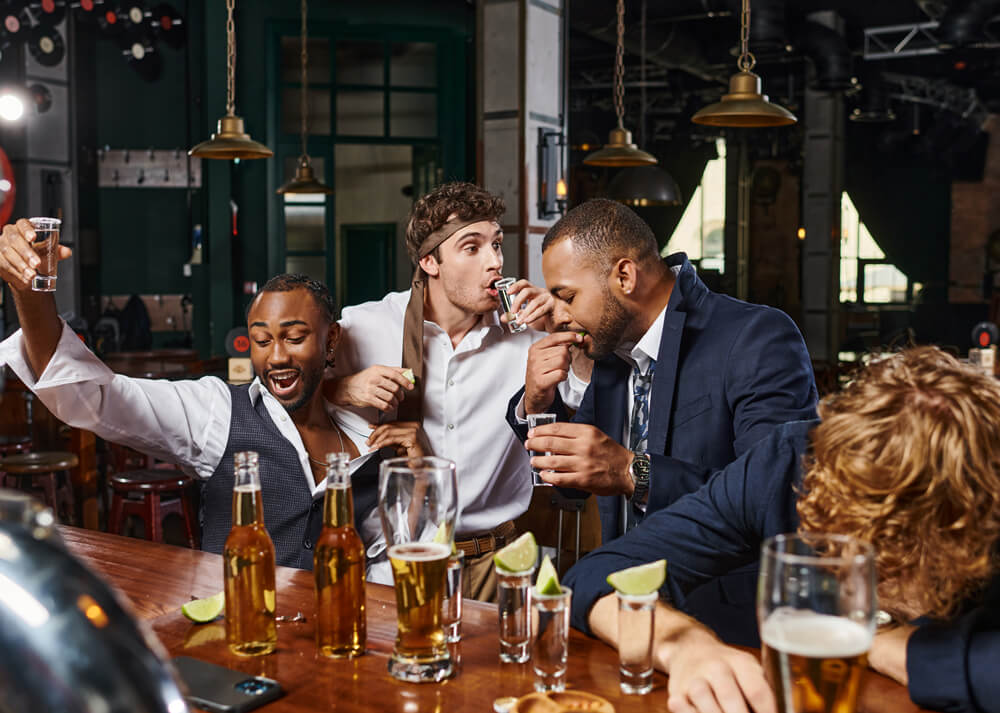You just learned that BAC is the legal standard police and courts use to determine levels of intoxication. As a server, you are not expected to know a customer’s BAC as determined by a Breathalyzer test; however, you are expected to recognize visible intoxication. “Visible intoxication” is a level of impairment that is evident upon common observation such as a person’s behavior or appearance. This is the standard servers should use to decide if a customer is intoxicated. It is illegal for a licensee or any employee, servant or agent of the licensee or any other person, to sell, furnish or give any alcoholic beverages or permit any alcohol to be sold, furnished or given to any person visibly intoxicated. Once it is determined that a customer is visibly intoxicated, alcohol service must be stopped immediately.
- LOUD SPEECH
- BOISTEROUS BEHAVIOR
- DRINKING TOO FAST
- BECOMING WITHDRAWN
- STUMBLING
- STARTING FIGHTS
- CRUDE BEHAVIOR
- FOUL LANGUAGE
- SLURRED SPEECH
- GLASSY EYES
- SPILLING DRINKS
- LACK OF CONCENTRATION
- DROWSINESS
- CLUMSINESS
- LACK OF COORDINATION
There are many signs a person exhibits when they are visibly intoxicated. If a person shows just one or two of these signs, that alone may not mean the person is intoxicated. If the person shows a combination of several of these signs or has a significant change in behavior, that could be a strong sign that the person is a visibly intoxicated person, “VIP”.
Servers should use their skills and experience to decide whether a customer is intoxicated. For example, a quiet person who becomes loud while drinking might be a VIP. However, a person who is always loud and outgoing might not be a VIP.
Please note it is also important to monitor patrons who have been flagged to make sure that no one else is providing them with any alcohol while on your licensed premises, as you will be held liable.
A link to continue to the next page will appear here when this time has elapsed.
